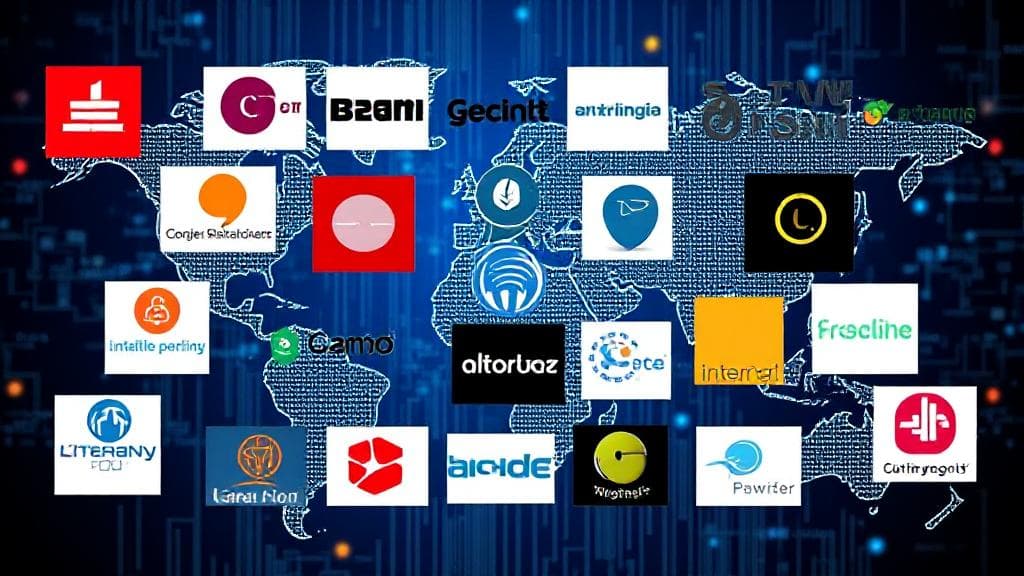Understanding Internet Service Providers
An Internet Service Provider (ISP) offers services for accessing and using the Internet through various connection types:
- DSL (Digital Subscriber Line): Uses existing phone lines
- Cable Broadband: Uses coaxial cables
- Fiber Optic: Uses light transmission through fiber-optic cables
- Satellite: Uses satellites, common in rural areas
- Fixed Wireless: Uses cellular networks
Leading Internet Service Providers
1. Comcast Xfinity
America's largest cable internet provider, offering:
- Wide availability and high-speed options
- Speeds up to 2,000 Mbps in select areas
- Xfinity xFi platform with advanced networking features
- Potential drawbacks: Customer service issues and data caps
2. AT&T Internet
Provides both DSL and fiber services with:
- Fiber speeds up to 5,000 Mbps
- AT&T Internet Security with ActiveArmor™
- Extensive coverage and good customer service
- Limited fiber availability
3. Verizon Fios
Known for excellent fiber optic service featuring:
- Symmetrical upload/download speeds
- No data caps
- High customer satisfaction ratings
- Limited to Northeast regions Visit Verizon Fios for details.
4. Spectrum
Popular for cable internet with:
- No data caps
- Coverage across 41 states
- Straightforward pricing
- Check availability at Spectrum's coverage map
5. Google Fiber
Offers premium fiber-optic service with:
- Speeds up to 10,000 Mbps
- Limited availability
- Excellent reliability
Speed Requirements
| Usage Level | Recommended Speed |
|---|---|
| Light | 25-50 Mbps |
| Medium | 100-200 Mbps |
| Heavy | 300+ Mbps |
| Professional/Gaming | 500+ Mbps |
Key Considerations
1. Availability
Use the FCC Broadband Map to check service availability in your area.
2. Hidden Costs
Always read the fine print. Installation fees, equipment rental charges, and early termination fees can significantly impact your total cost.
Common additional charges include:
- Equipment rental fees
- Installation costs
- Early termination fees
- Data overage charges
- Service activation fees
3. Equipment Options
Consider purchasing your own modem and router to avoid monthly rental fees. Find compatible equipment on Amazon or Best Buy.
Installation Process
Security Features
Look for:
- Built-in malware protection
- DDoS prevention
- Parental controls
- VPN compatibility
- Regular security updates
Making Your Final Decision
Create a comparison spreadsheet including:
- Monthly cost
- Contract length
- Speed offerings
- Equipment fees
- Customer service ratings
- Installation charges
- Data caps
- Special features
Check reviews on BroadbandNow and PCMag's ISP ratings for detailed service quality information in your area.
